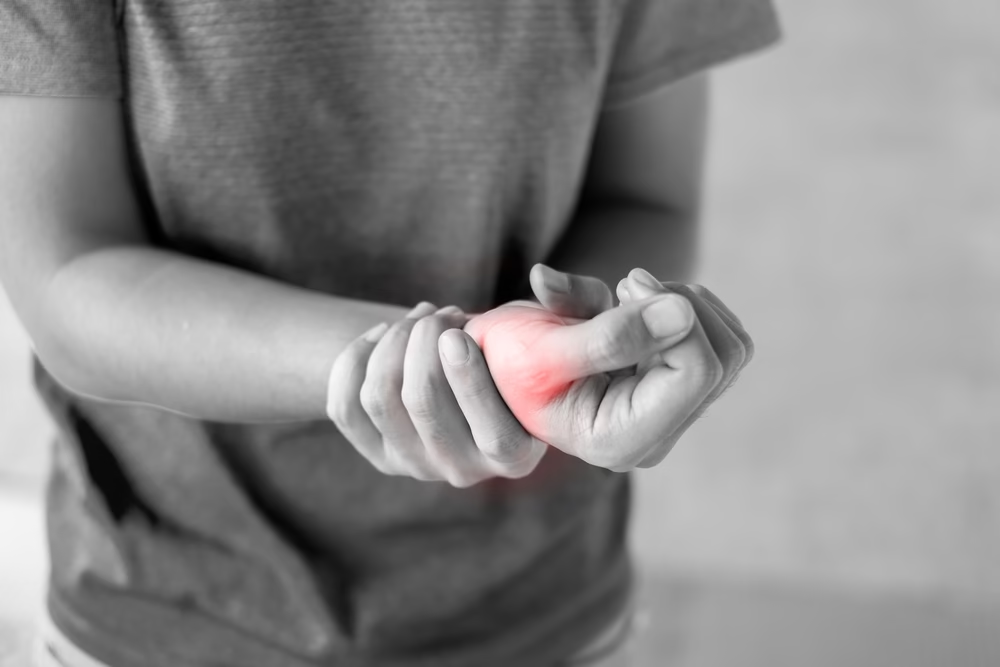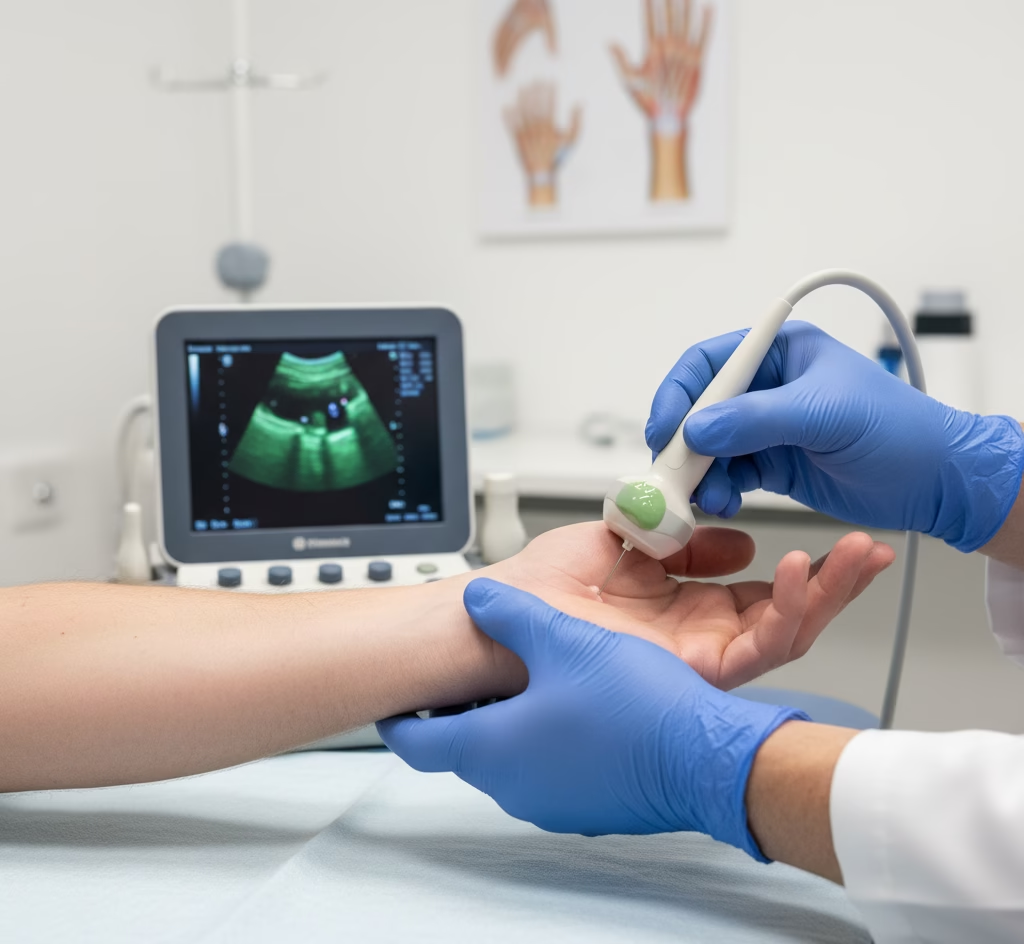At Move for Life Physio & Health Hub, we understand just how frustrating wrist and thumb pain can be, especially when it limits your ability to grip, lift, or perform simple daily tasks. Our experienced physiotherapists have helped patients with De Quervain’s Tenosynovitis Treatment in Melbourne and can help you relieve pain and regain mobility so you can get back to doing the activities you love with confidence.
De Quervain’s Tenosynovitis is a condition that affects the tendons on the thumb side of your wrist. These tendons pass through a narrow tunnel (sheath), and when they become inflamed or irritated, it can lead to pain and limit movement.
Some common causes are:
Typical symptoms include:
If you’re experiencing these symptoms, seeking early Tenosynovitis Treatment can make a significant difference to your recovery time.

At Move for Life Physio, we believe personalised care makes a huge difference in patient care. That’s why our De Quervain’s Tenosynovitis Treatment in Melbourne begins with a thorough assessment. Our physiotherapist reviews your medical history, daily activities, and goals before creating a treatment plan.
Your treatment may include:
In cases of severe or persistent symptoms, we may recommend collaborative care with your GP or hand specialist for further management options.

Delaying treatment may cause the condition to worsen, leading to chronic pain and reduced hand function. Early Tenosynovitis Treatment helps:
Prevent long-term tendon damage
Don’t let wrist and thumb pain slow you down. At Move for Life Physio & Health Hub, our team can guide you through your De Quervain’s Tenosynovitis Treatment in Melbourne, allowing you to restore function and reduce pain so you can get moving comfortably again.
Contact us on (03) 9584 2000 or book online to begin your journey to recovery.
The recovery time varies depending on severity and early intervention. Mild cases may improve within 4–6 weeks with proper physiotherapy, while more chronic cases may take several months.
No, most cases respond well to physiotherapy, splinting, and structured rehabilitation. Surgery is only an option when conservative treatment doesn’t relieve symptoms.
Yes, but activity modification is key. Your physiotherapist will guide you on safe ways to use your hand without aggravating the condition.
Untreated De Quervain’s Tenosynovitis may become chronic, making daily tasks difficult and causing delayed recovery. We recommend early treatment to prevent long-term tendon damage.
Yes. Physiotherapy helps decrease pain, restore strength, and improve function. With guided exercises and lifestyle modification, most people experience long-term relief.